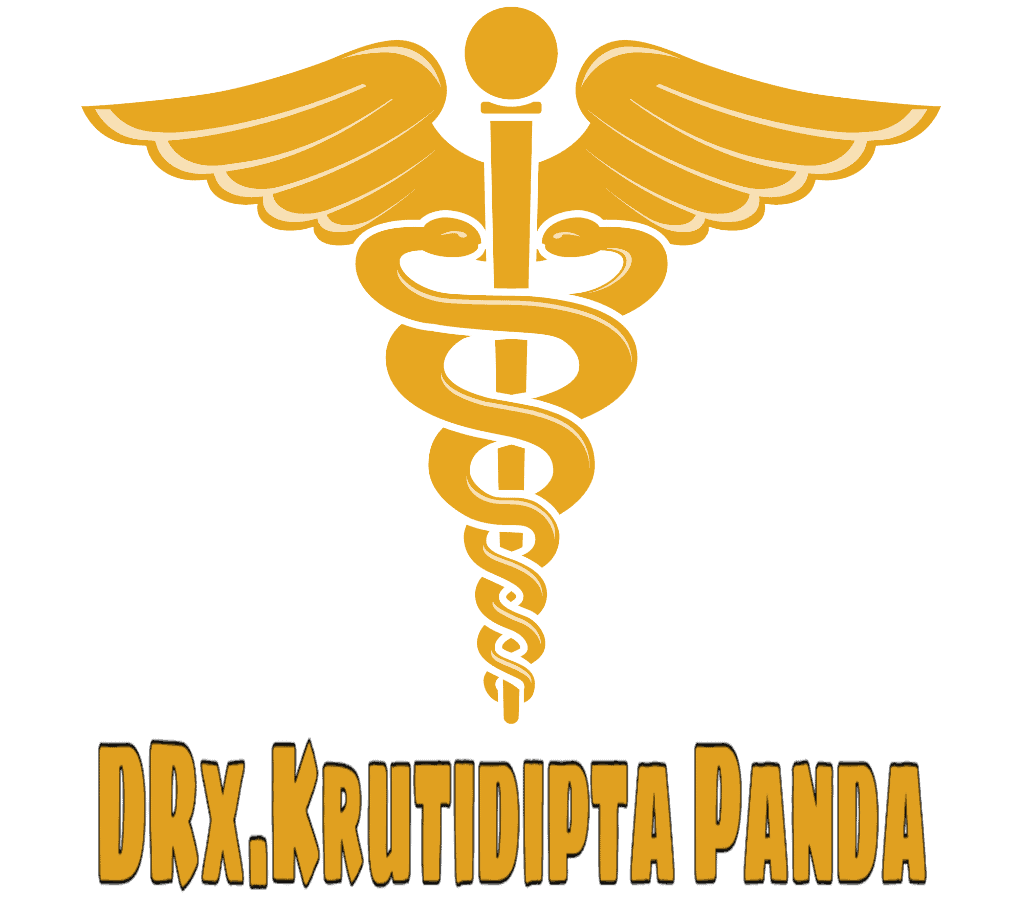Introduction to Pharmacology Classification
Pharmacology, at its core, is a fascinating field of study that bridges the gap between health and science. It’s an essential pillar in the medical world, and understanding its classification system is vital to harness its full potential. Pharmacology Classification

Understanding Pharmacology
What is Pharmacology?
Pharmacology is a branch of science that looks at how substances affect living things to change how they work. It includes the study of how drugs, which are substances that are meant to be used to diagnose, treat, prevent, or lessen the effects of illness, work.
Importance of Pharmacology
Pharmacology is a very important part of medicine. It gives professionals the background they need to know how to use drugs safely and successfully. It also gives information about the possible side effects of drugs and how they might mix with each other.
Classification in Pharmacology
The field of Pharmacology plays an important part in modern medicine. It lays the groundwork for experts to learn how to utilize medications safely and effectively. In addition, it provides information about drug interactions and possible adverse effects.
Therapeutic Classification
Therapeutic categorization organizes medicines in accordance with their curative effects. For instance, if a medicine effectively reduces pain or blood pressure, it may be categorized as an analgesic.
Pharmacological Classification
In Pharmacology, medications are classified into categories based on how they affect their intended tissues or organs. To lower heart rate, beta-blockers, for instance, block adrenaline’s impact on beta receptors in the heart.
Chemical Classification
Chemical classification categorizes drugs based on their chemical structure. For instance, all benzodiazepines share a common chemical framework, and hence they fall under the same chemical classification.
Examples of Pharmacology Classifications
Therapeutic Classifications Examples
Examples of therapeutic classifications include antihypertensives (drugs that lower blood pressure), analgesics (pain relievers), and antibiotics (medicines that combat bacterial infections).
Pharmacological Classifications Examples
Examples of pharmacological classifications include beta-blockers (that inhibit adrenaline), ACE inhibitors (that prevent the formation of angiotensin II), and calcium channel blockers (that prevent calcium from entering cells of the heart and blood vessel walls).
Chemical Classifications Examples
Benzodiazepines (a class of psychotropic medications with a shared chemical structure), beta-lactam antibiotics (antibiotics with a beta-lactam ring in their molecular structure), and fluoroquinolones (antibiotics with a fluorine atom in their molecular structure) are all examples of chemical classes.

The Role of Classification in Drug Discovery
Classification plays an instrumental role in drug discovery and development. It helps researchers identify new therapeutic targets, understand drug actions better, and predict potential drug interactions. By grouping similar drugs together, researchers can extrapolate the known information of one drug to another in the same class.
Challenges in Pharmacology Classification
Despite its usefulness, pharmacological classification is not without its difficulties. Classification is difficult because of the wide range of medications and the frequent introduction of new ones. Another element of complexity is added by the possibility that classifications will need to be altered as our knowledge of pharmacological effects develops.
The Future of Pharmacology Classification
As Pharmacology continues to evolve with technological and research advances, so will the classification systems. Machine learning and artificial intelligence are anticipated to play a significant role in future classification systems, helping to manage the growing complexity and enhance the predictive capabilities of these systems.
Conclusion
The categorization of medications is a cornerstone of Pharmacology. It offers a systematic framework for analyzing, categorizing, and forecasting the actions of medications. There will always be obstacles, but the future of pharmacological categorisation seems bright with the development of AI and machine learning.
What is the future of Pharmacology classification?
The future of pharmacology classification will likely involve the use of technologies like AI and machine learning to manage growing complexity and enhance the predictive capabilities of these systems.
How does pharmacological classification differ from chemical classification?
Pharmacological classification groups drugs based on their mode of action at the cellular level, while chemical classification categorizes drugs based on their chemical structure
What are some examples of therapeutic classifications?
Examples include antihypertensives (drugs that lower blood pressure), analgesics (pain relievers), and antibiotics (drugs that combat bacterial infections).
Why is pharmacology classification important?
Pharmacology classification helps understand, organise, and predict drug behaviour. It also aids in drug discovery and development.
What is Pharmacology classification?
Pharmacology classification is a system that organizes drugs based on their properties, such as their therapeutic use, their pharmacological action, or their chemical structure.
What are the classifications of Pharmacology?
Clinical Pharmacology: Application of pharmacological principles in patient care and understanding drug effects in real-world settings.
Experimental Pharmacology: Laboratory-based research to investigate drug mechanisms, efficacy, and safety using in vitro and in vivo studies.
What are the 7 pharmacological classifications of drugs?
Antibiotics: Treat bacterial infections.
Analgesics: Relieve pain.
Antidepressants: Manage depression and mood disorders.
Antihypertensives: Lower blood pressure.
Antidiabetic Agents: Control blood sugar levels in diabetes.
Anticoagulants: Prevent blood clot formation.
Antipsychotics: Manage psychiatric disorders.
What is the pharmaceutical classification system of drugs?
The pharmaceutical classification system of drugs categorizes medications based on their therapeutic use, chemical composition, or mechanism of action, aiding in drug identification and organization for easy reference and regulation.
How many types of pharmaceutical drugs are there?
There are various ways to classify pharmaceutical drugs, but some common types include prescription drugs, over-the-counter drugs, generic drugs, and brand-name drugs. Additionally, drugs can be classified based on their therapeutic use, chemical structure, or mechanism of action.
